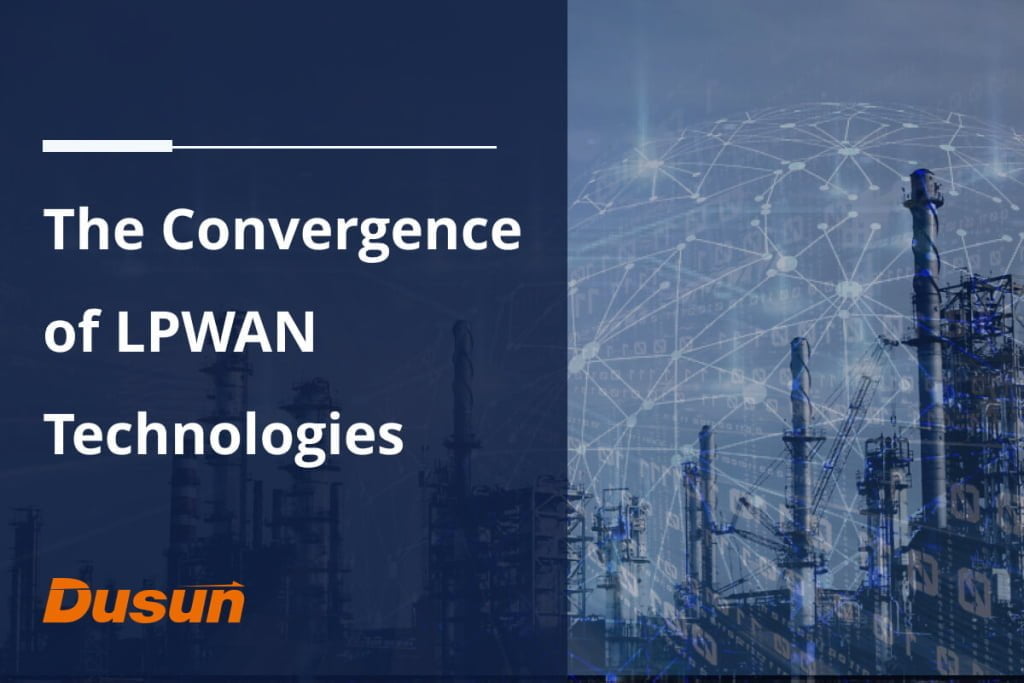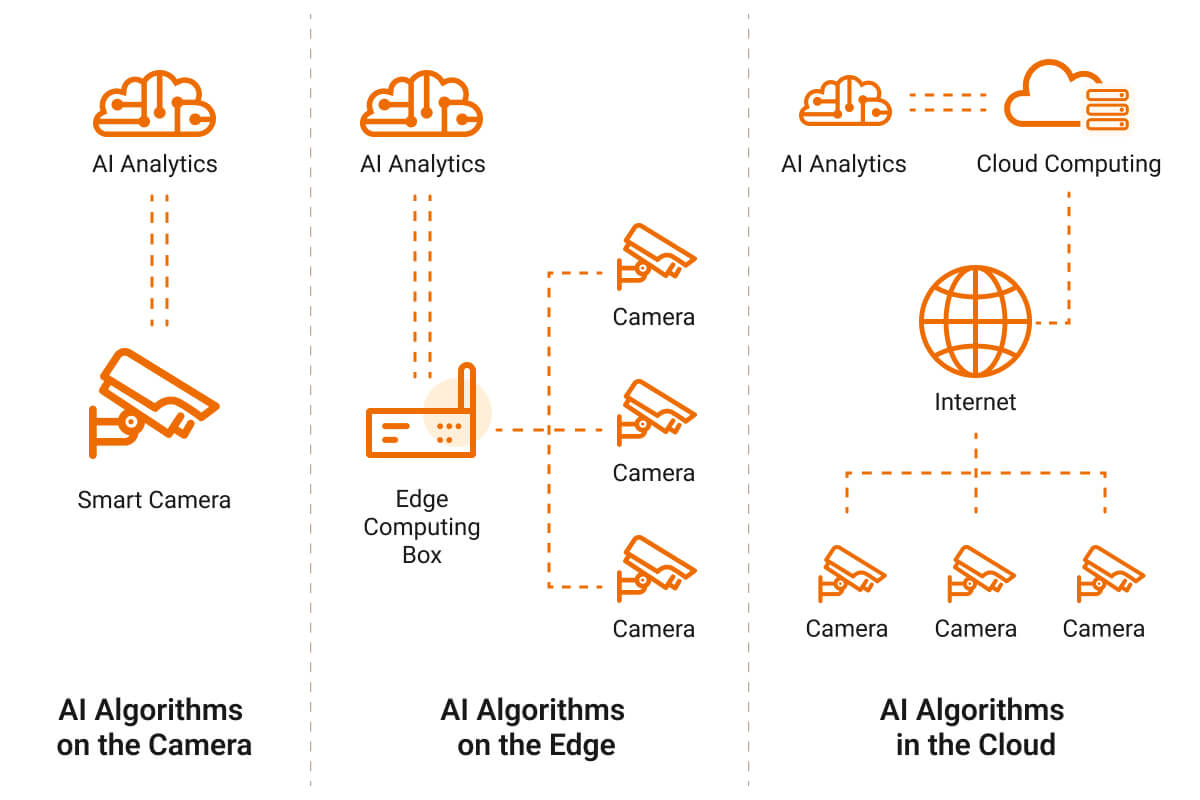The latest report State of IoT 2023: Number of Connected IoT Devices Growing 16% to 6 Billion Globally has seen an increasing popularity of LPWAN technology (GAGR 21-22 38%, AND gagr 22-27 27%), next to Cellular 5G IoT only. Meanwhile, it mentioned a trend for LPWAN: technology convergence with two significant acquisition event.
UnaBiz purchased Sigfox and cooperated LoRaWAN and Cellular to further the integration of various connectivity technologies. Semtech, the owner of LoRa technology, has bought Sierra Wireless, who was once the global leader in cellular IoT modules and platforms, to support the thorough integration of LoRa and cellular IoT. So what is LPWAN? Why does its convergence so trending? What is LPWAN used for? This article will talk about it.
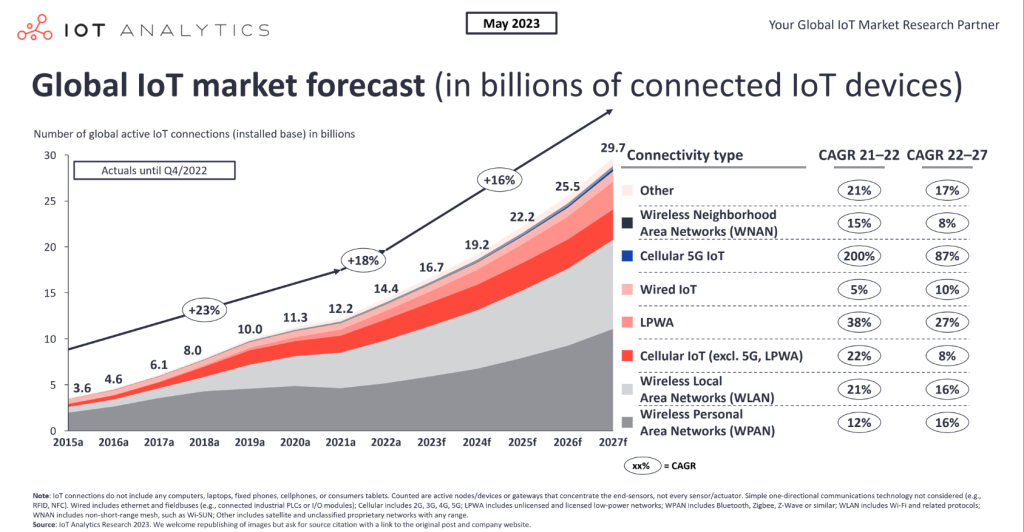
Source: IoT Analytics Research 2023
What is LPWAN?
LPWAN is the abbreviation of Low Power Wide Area Networks. Please note that we use the plural, which means that LPWAN is not a single technology, but refers to a range of low-power, wide-area network technologies that have certain similar traits,bu also come in a variety of forms.
These common traits include an optimized radio modulation, a star topology (the majority), small packets of information transmitted sporadically throughout the day at extremely low speeds, low power consumption, long-range transmission, and scalable deployments using inexpensive hardware and lean infrastructures.
These common traits matter a lot for these battery-operated IoT devices are typically located in challenging, distant, and desert areas such as factories, mines, oil fields. As the core of IoT is the the collection and accumulation of data about physical objects, operations, and personnel, for enabling informed decision-making.
LPWAN offers an effective, affordable, and simple-to-deploy solutions for large-scale IoT applications. It is perfect for low-bandwidth, low-load applications including air quality monitoring, occupancy detection, equipment tracking, and environmental monitoring.
LPWAN Network Structure
LPWAN employs a star topology in which base stations collect data from numerous remotely distributed end nodes. The most connection between end nodes and base stations is non-TCP/IP in order to prevent receiving big packets, with the exception of cellular LPWAN (i.e. NB-IoT). The base station then receives and demodulates the messages before relaying them to the backend server via a standard TCP/IP backhaul link (e.g. Ethernet, Cellular, etc.). A LoRaWAN gateway with LoRa Network Server is a typical base station described above.
For public LPWAN services, data must be routed through the network operator’s servers before reaching the end user’s application, whereas in privately managed LPWAN, data can be transmitted directly to the user’s cloud platform for complete data privacy and control.
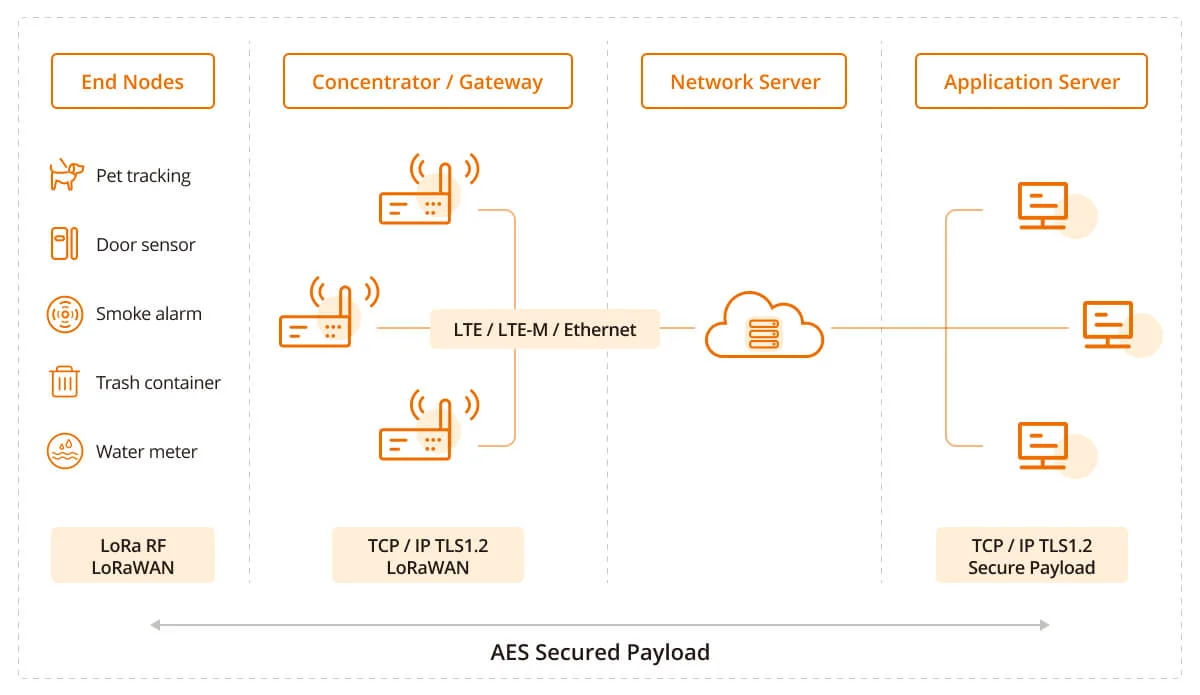
LPWAN Coverage
LPWAN may send signals up to 15 kilometers in rural regions and up to 5 kilometers in more populated areas. This is usually measured by receiver sensitivity, which cmay reach up to -130 dBm for LPWAN. This is often accomplished by lowering the signal bandwidth to minimize noise, or by raising the processing gain (i.e.,spreading). Both of ways result in slower data rates.
Further read: how to increase LoRa range?
Receiver sensitivity, which may reach up to -130 dBm in LPWAN against -70 dBm for Bluetooth, is typically used to gauge coverage. This is often accomplished by lowering the signal bandwidth, which lowers noise, or by raising the processing gain (also known as spreading), both of which result in slower data rates.
Further read: Lora Antenna Design, how to choose the proper one?
The majority of LPWAN employ sub-GHz channels rather than the well-liked 2.4 GHz band, which further enhances coverage and penetration and better penetrates walls, trees, and other structures along the propagation route while bending further around solid barriers since wavelength is inversely related to spatial path loss.
LPWAN Low Power
Multiple techniques are used by LPWAN to maximize power efficiency, ensuring end-node devices have long battery lives. Firstly, the transceiver is often placed in a deep sleep mode, which results in extremely little power usage. Listening rules are made so that the device only wakes up at predefined times or immediately after receiving uplink commands.
Secondly, the single-hop star topology offers a significant reduction in power use, this allows for short air time, meaning that the transceiver can be turned off sooner to further reduce power consumption.
Thirdly, many LPWAN solutions also employ lightweight asynchronous protocol to minimize data processing.
Fourthly, Transceiver designs for LPWAN are typically very small, reducing the price and power requirements of end-node hardware.
Types of LPWAN Technologies
In the 2000s, Sigfox made low-power wide-area networks (LPWANs) well-known as a cost- and power-efficient alternative to cellular networks. Many new technologies have subsequently entered the market throughout the LPWAN growing development stage and have progressively disappeared from everyone’s vision.
Only a few powerful technologies are still in use and are being continuously developed. But no single technology can address all LPWAN application scenarios, these mainstream technologies also have its strengths and shortcomings. Here we list some for reference:
Comparison between LoRaWAN, Sigfox, NB-IoT, LTE-M

For more detailed comparison, please view this page: What is LPWAN?
LPWAN Hardware
The hardware part of the a LPWAN system mainly includes three parts: end devices, gateways and servers. End devices are different terminal objects, such as smart sensors, that are linked to the IoT concentrator through a wireless network. The gateway’s primary duties include communication protocol conversion, forwarding data to the network server, and further data processing and computation. Servers for LPWAN can be divided into network servers and application servers. The network server is the core network of the LPWAN system, responsible for managing the network and distributing data to other servers, etc. While the application server is responsible for data visualization, operation and maintenance management, etc.
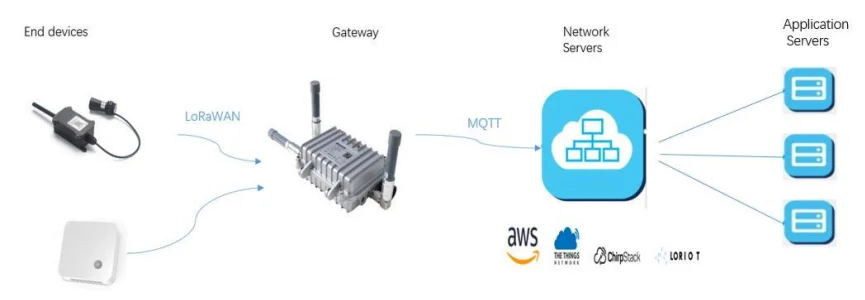
Further read: fundamental elements of IoT
In recent years, edge computing has become popular, and LPWAN systems may be used to deliver localized applications. Explore Edge computing gateways here.
LPWAN System
A typical LPWAN system application includes network access, data and computing. These three parts are further explained below.
LPWAN Network Access
LPWAN can also be written as Low Power Wireless Access Network. Whether it is a low-power wide-area network or a low-power wireless access network, it is essential to find solutions for issues such the wireless networking of a large number of devices, data collecting, and device control and management.
There are mainly two types of wireless access networks: cellular and non-cellular. Telecom providers build and implement the majority of cellular wireless access networks, which are the most developed and have the broadest coverage.Examples include NB-IoT and Cat.1. The non-cellular long-distance wireless access technologies mainly include LoRaWAN, Sigfox, Wi-SUN, etc.
Explore: NB-IoT vs. LTE-M and LTE M gateway
Different connection technologies are often required to build network applications In LPWAN system applications. Therefore, there is an increasing trend of multi-protocol and multi-network integration. The multi-connectivity combind outdoor LoRaWAN LTE Cat 1 gateway is obviously the trend.
LPWAN Data
The main purpose of LPWAN application is to upload it over the gateway to the server for further data processing and calculation. In this process, data passes through generally three stages: data conversion, data forwarding/edge computing, and data calculation.
Data conversion is the process by which device transforms continuously occurring analog information from the natural world into digital values that computers can understand, or converts equipment-related data into a certain format for data transmission. This is the digital conversion process of converting items to digital format.
Data forwarding typically refers to the LPWAN gateway passing data to the server through communication protocol conversion (e.g. LoRa to LTE Cat M), sometimes may include localized data processing and calculation by edge computing.
Data calculation is the calculation, processing and management of data or device-related data, and data visualization.
LPWAN Computing
Data provides the “raw material” for computing, while wireless communication connects different devices, giving devices the connected intelligence. In LPWAN system, there are mainly three forms of computing: MCU, MCU/MPU/CPU, HPC.
MCU refers to the low-powered microcontroller, which performs calculations on a device, mainly handling activities involving signal conversion, control, and tiny data calculations, etc., as well as managing wireless connection.
MPU is a microprocessor, and CPU is a central processing unit. Both have powerful computating capabilities, can be used for IoT edge computing, communication protocol conversion and data management. Edge computing offers localized computing and services, aiding in the localized deployment of LPWAN system.
Explore: DSGW-380 AI Edge computing gateway
HPC is a high-performance computer, primarily used for cloud computing at data centers and offering a variety of applications based on cloud computing services.
Final Words
integration and interconnection of various wireless access technologies will substantially promote the development of LPWAN and facilitate its future proofing. Cellular and non-cellular LPWAN technology can complement each other, and develop together to jointly advance the ongoing use and advancement of LPWAN.









